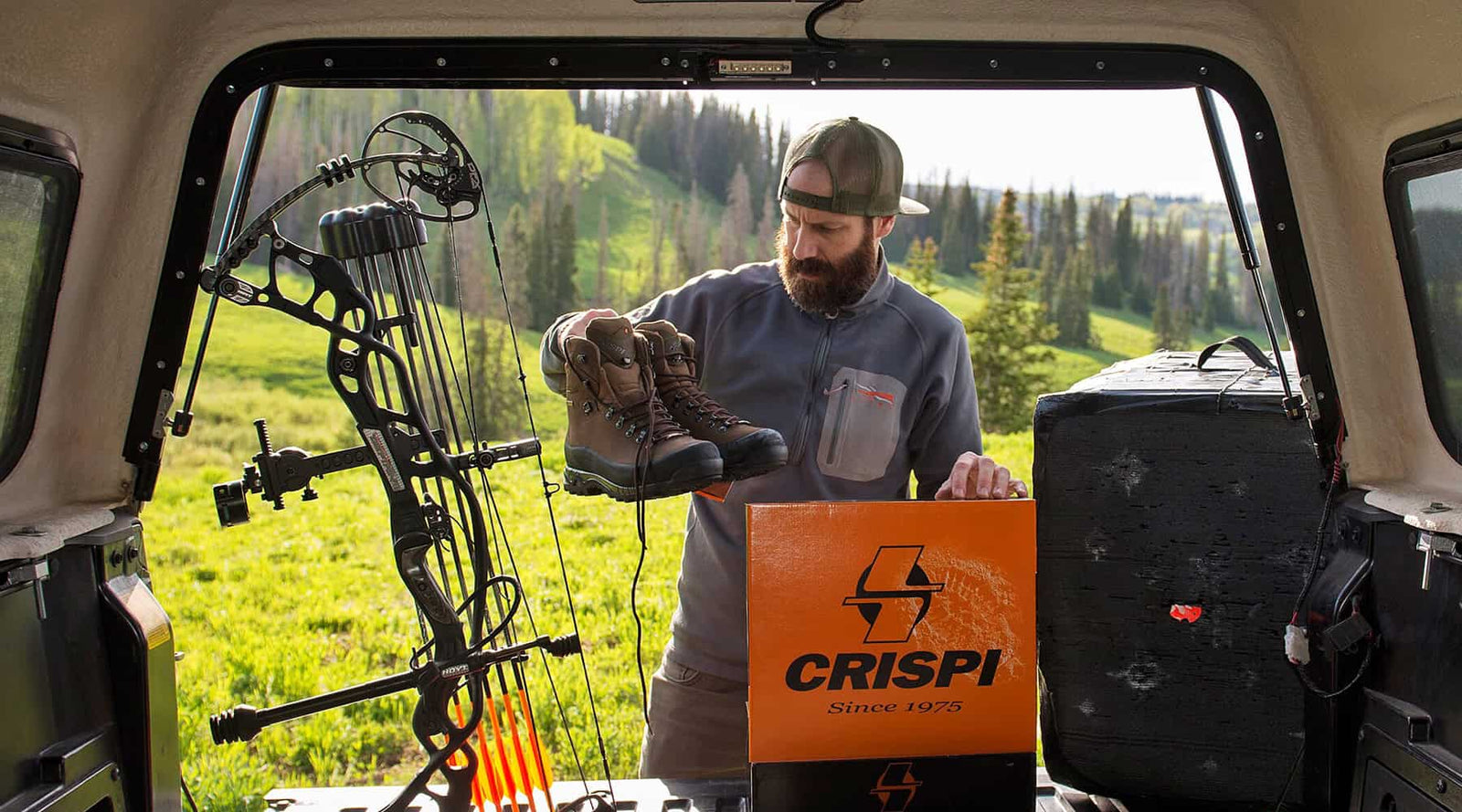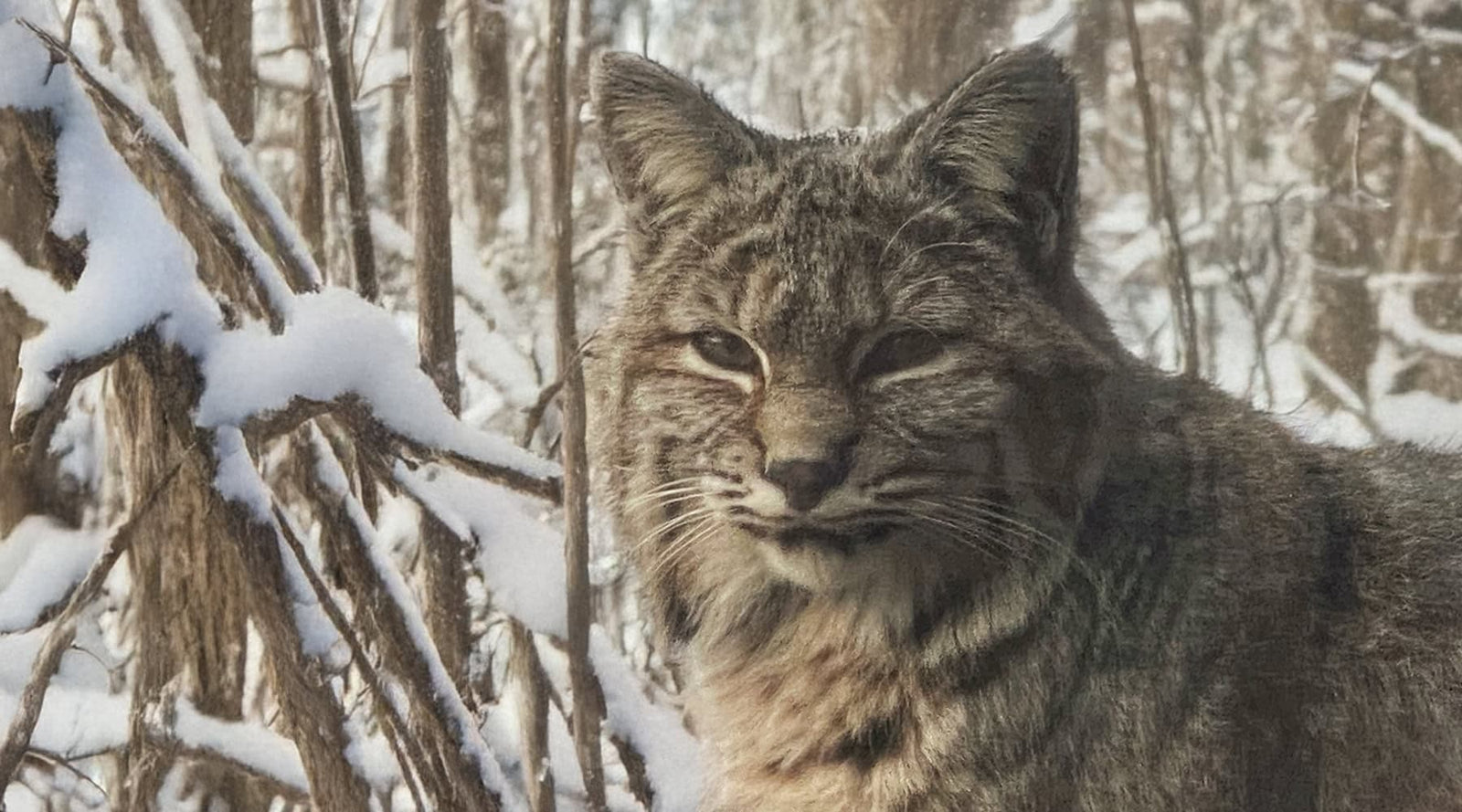Don't let the squirmy wormy material get you down
If you've ever fished a squirmy wormy fly (or sometimes simply called squirmies), you already know how effective they can be. Something about the undulating squirmy rubber material just drives trout and other fish species crazy. It's so effective that some purists won't be caught dead with them in their fly box. Not us. We use them fairly often, in quite a few water types and at different times of the year, and they consistently produce. When tied on a jig hook, they work great as a quick-to-tie anchor fly as well.
While the squirmito material has many upsides, it also comes with a handful of downsides that make actually tying a squirmy worm fly a pain. One thing is for sure, squirmy wormy material is not the easiest material to tie with. It always wants to spin around the hook, the thread just wants to cut through it, and there's always a fine balance of stretching it just enough to tie in, but not so much that you break it.
The other problem one quickly finds when fishing it is that fish will grab onto the worm part and not always the hook, and break the "magic" squirmy bit off, essentially rendering the fly useless.
Ben shows us a unique squirmy worm fly pattern that fixes all those squirmy worm fly material problems.
Check out our follow up video on how to tie the improved squirmy wormy!
We've learned a few things now that we've been using this technique to tie the squirmy wormy for a while, so we did a second post that shows how to tie an improved squirmy wormy.
Products to tie the Strap On Squirmy Wormy
Click the video for a step-by-step guide on how to tie the Strap On Squirmy Wormy
How to tie the Strap On Squirmy Wormy Fly in text
Howdy folks, Ben McGee here with basin + bend in Evergreen, Colorado, and today I'm going to tie a variation of the squirmy wormy.
It's an improved variation of the squirmy worm. If anyone has ever fished this pattern before you'll know that the material is very fragile, it doesn't last very long, in many cases you can break the material just putting tension on it during the tying process or a lot of people that will tie multiple, maybe a dozen or even a half dozen flies and store them in their fly box, you'll drive to the river just to see them disintegrate or if you leave them on a dashboard in the sun, anything like that. The material's very fragile.
Also, typically there's some challenges with tying the material, and to kind of increase the longevity of it, people will sometimes use dubbing to sort of disperse the load on the material or you'll see sometimes the material actually be wrapped around the hook, kind of stretching it a bit. And these are fine and they're effective, but the trouble is the material doesn't really last that long in storage, so.
So yeah, let's get started with this. We will start with a size 10 jig hook here, this is the Hanak 450, you'll see it's got ... it's a jig hook. This is a shorter shank than a typical jig hook and then it's got a little bit of a wider gap to it. The bead here is a Tungsten slotted 4.0 and this is in the rose gold color. Feel free to change up the variation of the color, coppers or silvers or pinks or purples, however you like your squirmy.
So, with the spring coming up, this is a very common fly to be using as either an anchor or to get down into some of the deeper water or rivers are starting to come up and so we're expecting this fly to not only get down, but also stay down. So it's gonna be taking on the bottom quite a bit, so we have to really build this fly to be as durable as possible.
Let's start off with this is some 8/0 in gray, again you can choose whatever threads you'd like, sometimes browns or pinks or whatever, but I'm actually gonna use a gray thread here, and I will tint it with a little bit of pink once we're complete. So I'm gonna start that 8/0 in behind the bead and just make sure that bead's not going anywhere with a couple wraps, taper it. Stay kind of about an eighth of an inch off the bead and we're gonna go in with our little rubber band here.
'll show ... this littler rubber band is actually used for braces, it's a dental grade, it's a really durable rubber band, it's small, it's also clear. This has a lot of the benefits in this fly. So here's the package, you can find these online. It's kind of ... there's a ton of them out there, so we'll just save you some time and searching and post a link here to this product underneath the video.
You want to tie this is quite the midpoint, but you want to definitely keep the material up on the top of the bead. The rubber band's gonna want to slide and kind of wrap around the side of the hook, so you can give it a couple nice loose wraps here. You can see I'm keeping that rubber band there up on top of the hook shank.
You can either use a large empty hook or you can use the hook on your whip finishing tool to just give it a light stretch all the way to the back and you can kind of just hold it towards the back of the hook and just keep it stationary while you secure the rest of the material. I'm gonna give it just sort of a loose wrap here. I don't want to stretch it out too much. So it's nice and tight, loop in the back, we'll say there. Now I'll start to tighten those wraps down as they go forward here, let go of that back end. Nice and tight. Go all the way forward. And I'm gonna use our hook again to make sure that that loop is staying up high on the hook and then come in front of the bead with a couple wraps. And whip finish. We are gonna glue this fly on the bottom, so single whip is just fine. We're gonna rely on the glue to hold our fly together. Nice and durable.
Okay. So this completes the tying aspect of it. Very quick, easy tie. With a little practice, we're tying this in under two minutes per fly. I'm gonna just take a quick sec and tint this gray thread up with a little pink Sharpie here. Get a little bit of that rubber band. And then, come in with a Solarez bone dry on the bottom of the hook. If you're not tying with Solarez yet, it is a complete game changer. Really nice product. The bone dry is excellent. Really thin, hard, clear curing. You can really increase the durability of your fly with this product.
So this is done. It's clearly not a worm yet, but this is very much the fly that is a vehicle for the squirmy worm. So, if you are tying your flies for a trip next week or next month or whatever, you can tie these by the dozen and store them in your box as is and then just basically load them up. They're in the vise before your trip or you can load them up on the river before you tie the fly on.
So, just to show you how. You can do this in vise or on the river, but again, we can use either an empty hook for this process, or your whip finish tool. And I commonly carry just a little Ziploc with little squirmy sections in my fishing pack along with a spare naked hook to do this. So, we've basically slipped our tool through the back end and loop that squirmy material around your hook and then pass it right back through the center of the band. And then pull one end through and leave a nice little bit of material on the back end there. And let's do it again for the front. Okay. We want to make sure that our squirmy material is nice and relaxed in the center part of that fly. We don't want it to be stretched so much in between the rubber bands. Basically the idea here is to keep the tension and the stress off of the squirmy material and so, just in your fly box like this, this will store easily twice as long as the traditional tying methods with the squirmy.
And we're pretty much done. I mean, personally I prefer to darken sort of the tips of these if ... I plan on fishing these in a little bit of a higher, somewhat stained water, so a little bit of contrast on the tips here, I kind of like the look of that. But again, tie it however you feel comfortable with.
So, yeah. That's it. I hope you guys enjoy tying this fly and it's certainly very effective, certainly this time of year as our rivers are starting to come up, so. Yeah, enjoy. See you next time.







